Thanks for your support! If you make a purchase using our links in this article, we may make a commission. And, as an Amazon Associate, I earn from qualifying purchases. See the full disclosure here.
Fixing common RV problems might seem like it’s much for the average person. Even if you don’t have a lot of mechanical ability, there are things you can do to assess and fix the most common RV problems you may encounter.
Before you call the RV service center, wait 6-9 months for your RV to be repaired, spend more money than necessary, and lose most of the RV camping season, learn if you can fix it yourself.
Over 90% of all RV maintenance and repairs can be completed with some research, and the tool kit you have in your external bay.
Here are the most common RV problems that occur on motorhomes and travel trailers. We’ll show you what they are and give you an idea of how to fix them.
RVBlogger Tip on RV Repairs: RVs have many commonalities, but each manufacturer has different techniques when constructing some components. For example, changing out a flat tire is usually the same process, regardless of the RV brand.
Yet fixing something specific to that brand, like an interior feature, may require contacting the company itself. The common RV problems we’ll discuss mostly fall under universal processes.
8 Common RV Problems You Can Fix
1. RV Flat Tire

Fixing a flat tire on your RV is certainly achievable for anyone with even a small level of skill. Flat tires can result from debris on the road, worn or rotting tires, too much weight, excessive heat, and other factors.
If you have a tire blowout while on the road, find a safe place to pull over and change the tire. If you can, a parking lot would be better than the shoulder of the road.
Do not use the stabilizing jacks to change an RV tire; they are not made to hold the weight of your RV. Make sure you use the proper jack for your particular RV. Get the RV as level as possible and be sure and chock the good wheels. If possible, unhitch the RV from the tow vehicle.
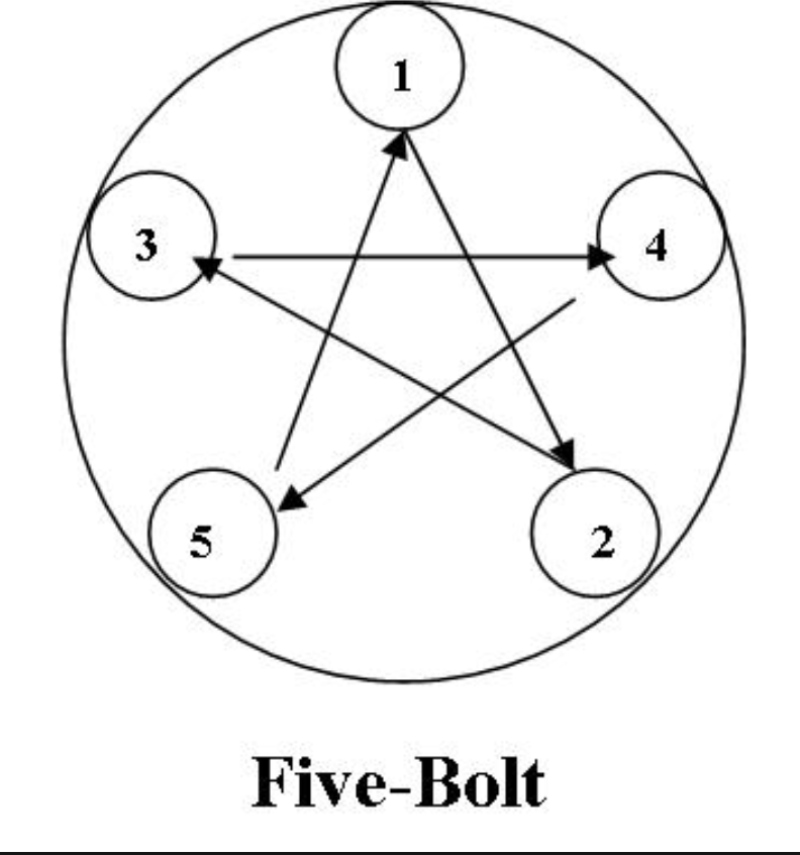
The best place for the jack is underneath the axles. This is the strongest point beneath the trailer. Be sure and loosen the lug nuts while the tire is still on the ground. Then raise the trailer until the weight is off the tire.
Once you have replaced the tire, put the lug nuts on and tighten them in a five-star pattern instead of going around (essentially, you’re tightening the lug nut opposite the previous one). This helps to keep the tire aligned.
2. RV Roof Leak
The best thing to do for a roof leak is to catch it before it happens with regular RV maintenance inspections both inside and outside the RV.
Check for water stains, soft flooring, or sealant damage. Seal leaks near the A/C or roof vents are the most common. Soft spots on the roof could indicate more severe damage.
Roof leaks can happen if the roof isn’t sealed properly; the sealant gives out over time. Roof leaks can also happen from damage such as a tree branch puncturing the roof, antennas, solar panels, and other components mounted to the roof improperly.
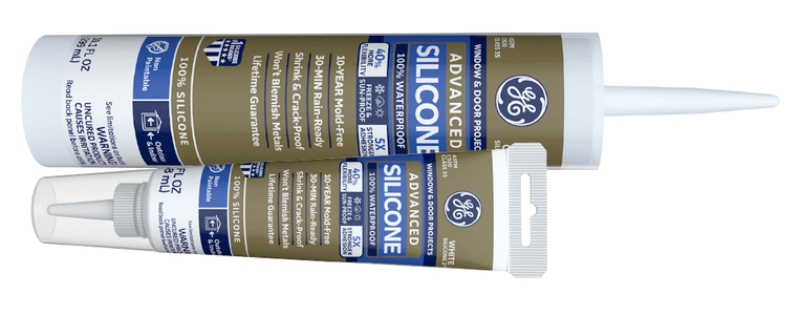
Once you have a leak, you can use a roof patch for a temporary fix. Or, head up to your roof with a tube of silicone caulking. Replace any loose gaps with a thick caulking layer made for outdoor use.
Full tubes of silicone caulking that require a caulk gun are useful for the entire roof, or when you’re redoing the seams around all of the sidewalls. The smaller squeeze tubes are all you need if you’re just repairing small sections.
Tarping can also be a way to temporarily keep water at bay.
Ensure you consult with your owner’s manual or manufacturer to obtain the proper materials to fix your roof.
3. Clogged RV Toilet
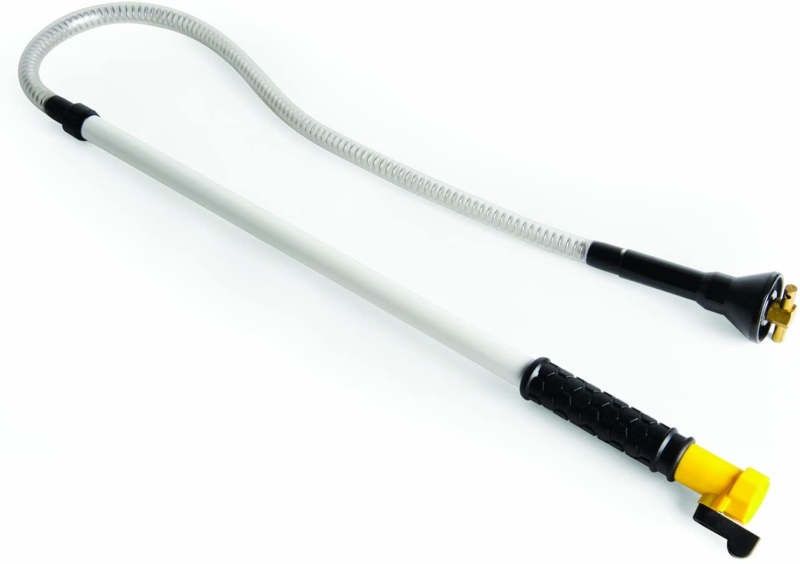
If your RV toilet is clogged, it may be one of two things; you haven’t used enough water to help break down solids, and/or you are using the wrong toilet paper.
The toilet paper you use doesn’t have to be the expensive kind you find at an RV dealer or camping store. Walmart has septic safe types that work well and won’t break the bank.
You also might have an issue if you leave the black tank valve open. This allows the liquid to leave the tank and solids behind. Without enough water weight pushing solids out of the tank, they will clump together, causing the infamous poo pyramid.
A general clog at the toilet end can be fixed in several different ways. Use a flexible toilet tank wand. This has a nozzle with a flexible hose that connects to your faucet. Insert the wand through the toilet bowl and into the waste drain pipe to break up the clog with a high-pressure spray.
Pouring boiling water into the tank, and allowing it to sit overnight is another option.
There are also several septic-safe de-clogging chemicals you can use.
Some RVers say the ice cube method is a good way to fix a clog. Fill the toilet basin 1/3 full of water and fill the rest with ice. Flush the ice down the toilet and drive around.
The movement will break up the solids. Then, keep flushing with plenty of water. The ice cubes also give the black holding tank a good scrubbing too.
4. RV A/C Running but Not Cooling
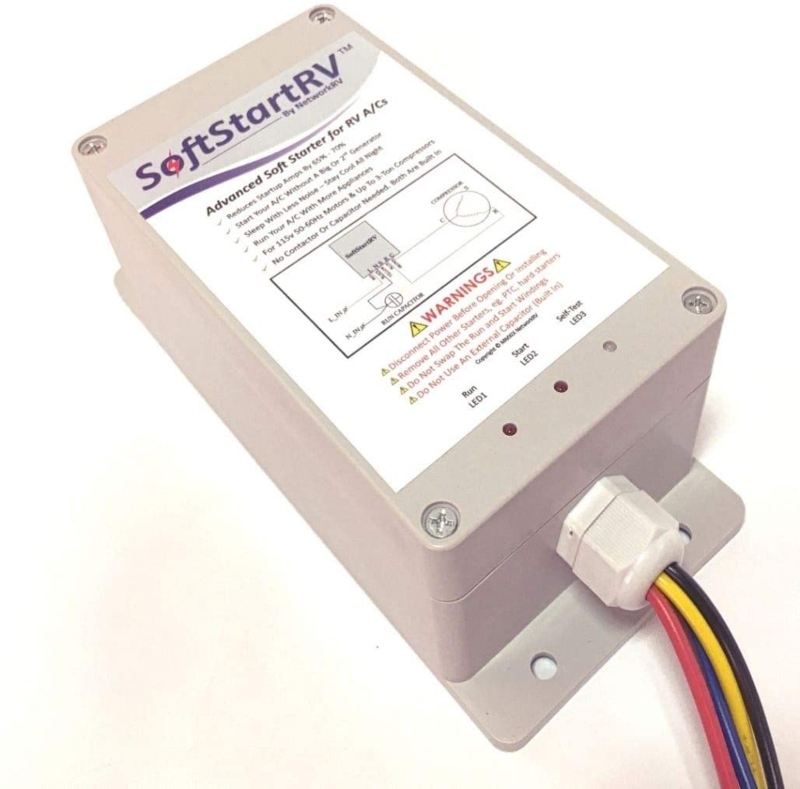
There are several reasons why your RV air conditioner is running but not cooling. It could be a problem with:
- The thermostat
- The internal A/C fan
- Low freon levels
- Dirty compressor
- Burnt-out capacitor
It could also be simply that it’s too hot for your A/C to keep up.
To start, there are some simple things you can do to troubleshoot. Make sure your RV is parked in the shade, and you have your windows and roof vents insulated.
Check your inside filters and clean or replace them if necessary. Check and clean the coils or fins. See our article from the NRVTA in the April 2022 edition of RV Camping Magazine for detailed instructions on how to clean your A/C coils and fins.
Also, check your power supply. 13.5k A/C compressors need 2,750-watts of power to start up. The fan may kick on and start blowing air, but it will not cool without the compressor. Look into soft start A/C devices that can start the compressor using less wattage.
5. Dead RV Battery
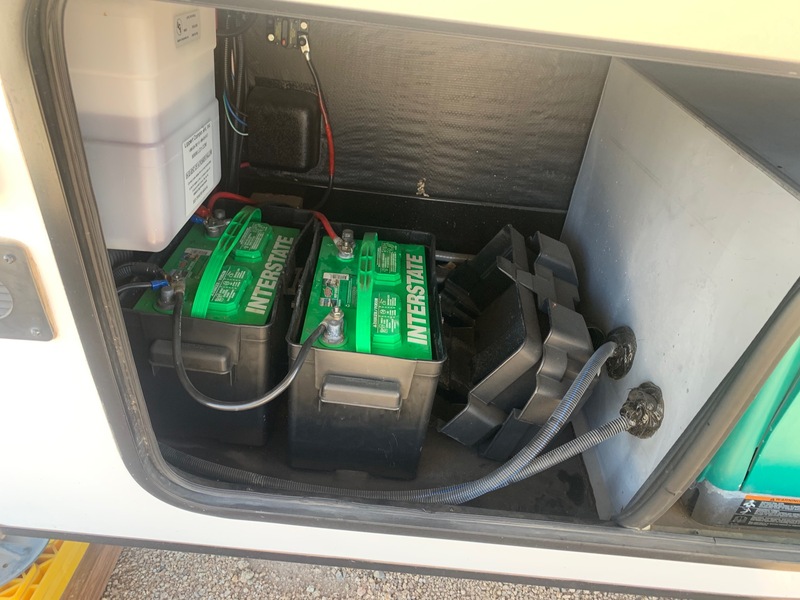
There is nothing worse than a dead RV battery. They can die for several reasons, including age, improper charging, drawing too much power, and other reasons. Taking care of batteries is a great step toward keeping them going.
Never let a lead-acid battery drop below 50 percent of its electrical charge. Use a battery monitoring device to catch those sneaky power leaks. Unhook and remove batteries for storage in a cool, dry place to recharge.
Plug your RV into shore power for at least 8 hours a week when not in use.
Using your tow vehicle to jump-start your RV house batteries is not recommended if you do not know how to do it correctly. Either use an external battery charger or let them charge normally.
You can also connect to shore power which will also power up the battery, or, as we found out, plug in your 7-pin umbilical cord connector into your running tow vehicle. We did this during the Texas cold snap a few years ago.
The truck served as our generator when the battery kept running out. Come to find out, there was nothing wrong with the battery; it just did not want to hold a charge when it was so cold.
The temperature range for lead-acid batteries ranges from -40°F to 120°F. To charge those same batteries, the minimum temperature must be within a goldilocks zone of 50°F to 86°F.
6. Camper Slide Will Not Move
So, you’re all set to head out from your camping spot and your slide won’t move. You might be facing a time crunch to get on the road, or you need to check out of your RV spot by a certain time to make room for the next camper. What do you do?
The first thing you should check is the power supply such as a blown fuse, bad wiring, or a weak battery. Make sure you have enough power for the slide-out to function correctly. Also, the slide-out could be misaligned or blocked.
Check the wiring for loose wires. You can use a voltmeter to check the power while another person operates the slide switch. If the motor is receiving power, but there is no slide movement, then the motor may have failed.
If you have a motorhome, you want to check the slideout control mechanism, usually located in the bay behind the driver’s side front tire.
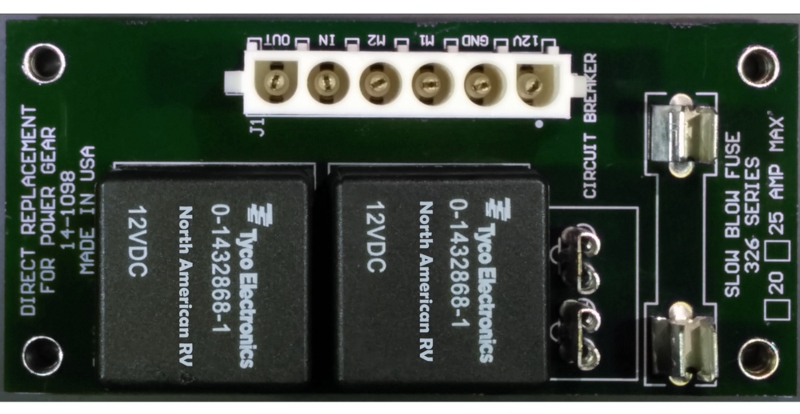
If you have a Fleetwood motorhome from the late 1990s- early 2000s with a breaker box above, below, or near the refrigerator, you’ll find the slideout control circuit boards there. Go to North American RV’s Direct Replacement for Power Gear site for replacement parts.
If you still can’t get the slide to work, most RVs will allow the slides to be taken in manually. Check your owner’s manual on how to do this.
Like the other aspects of your RV, slide-outs need regular maintenance to work properly. Make sure you do regular inspections, cleanings, and lubrication for starters.
7. Fix a Leaking Window Seal
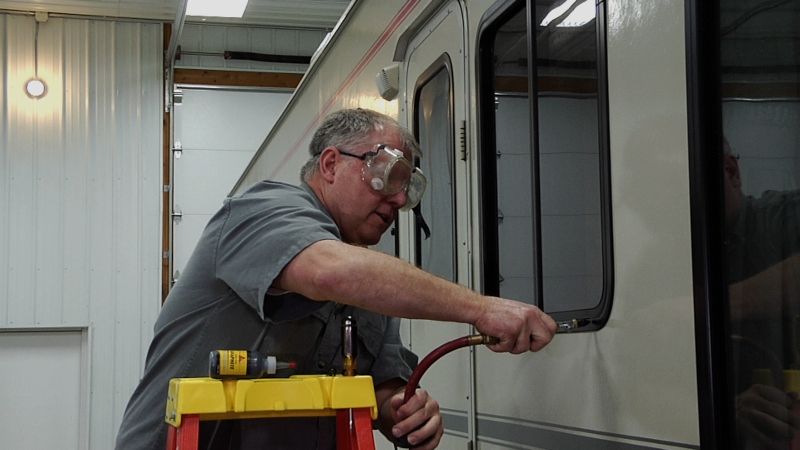
Finding and fixing a leaking window seal is something you need to correct quickly. You do not want water to damage your RV. It is also easy to accomplish on your own.
First, address the water that has come into the RV. You can always cover the window with a garbage bag and tape it up to prevent further leaking until you can fix the problem (We don’t recommend using duct tape since it can damage your sidewalls and interior walls).
Check sliding panes, knobs, mullions, and other hardware to make sure they are working properly or preventing the window from closing.
Ensure the weep holes allow water to drain safely away from the tracks along with the window frame.
If those are clogged with dirt or debris, they can be cleaned by removing the cover and cleaning out the debris with a brush, stiff wire, or compressed air.
Your leak could be coming from a broken seal which can be easily caulked with silicone. Check out our article called Best Sealant for RV Windows – Leakproof Your RV! for lots of great DIY tips!
8. RV Awning Does not Work
There are several reasons why your power RV awning will not work. There could be a problem with the power supply. It also could have something binding it up, have broken parts, or simply the motor no longer works.
Check the fuses or circuit breaker first. You could have a bad battery or your 12-volt DC converter may be failing. Look for frayed or corroded wiring.
See if your awning may be improperly loading (rolling up) and is jammed.
If you hear the motor running, you can manually roll out the awning while someone else holds down the extension button. This may clear the jam.
If the motor is running and you hear a faint click this may indicate a motor issue that should be addressed by an RV technician.
Maintenance Helps Avoids These Common RV Problems
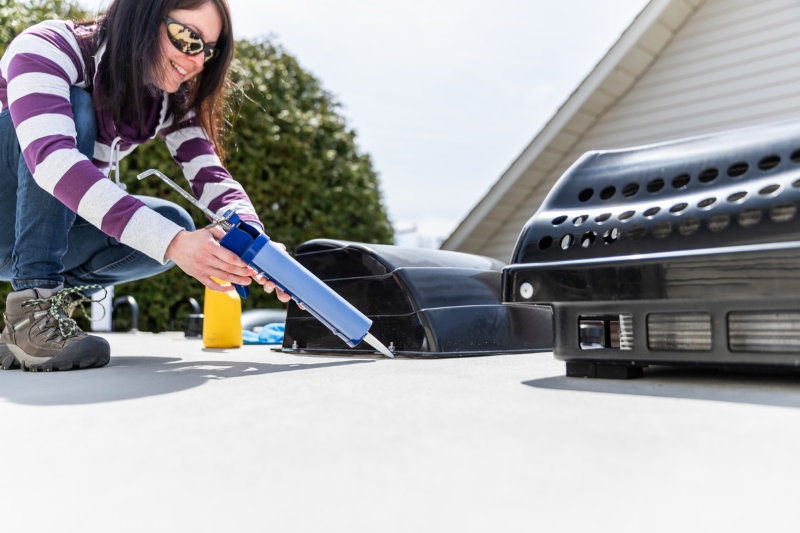
Although problems can still happen, a good maintenance regimen is the best way to avoid most issues.
Be sure to make a maintenance checklist and go over it several times a year. You can deal with most issues with a few tools and some research.
Use the RVBlogger 115 point step-by-step checklist, that will walk you through an easy routine using common household products and your handy everyday tools.
I would also recommend, if possible, a once-a-year check-up with a dealer. Have them complete an inspection, fluid change for your motorhome, camper or travel trailer ball bearing regreasing, and other refreshers while your RV is there.
Be sure to book it well in advance to avoid the service center backlog. A mobile technician may be able to provide these services as well.
What If You Cannot Fix a Common RV Problem Yourself
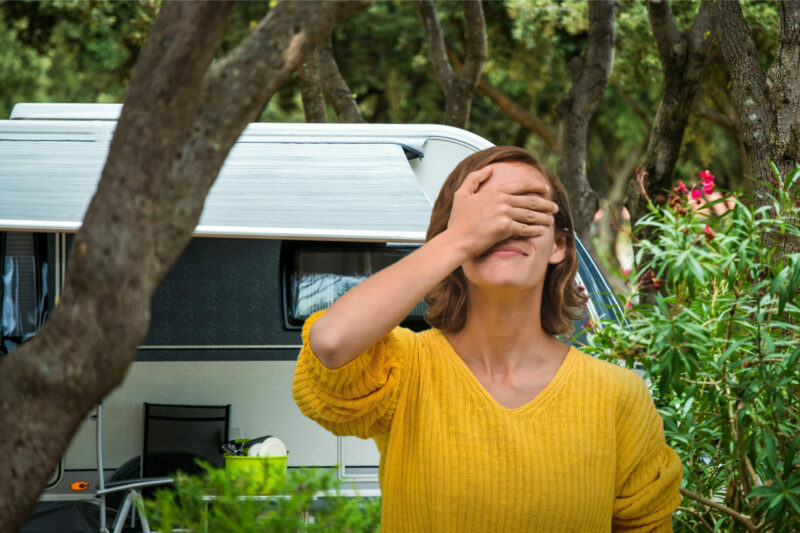
If you can’t fix one of these common RV problems yourself, it’s best to call a mobile RV service technician.
These days, service centers are commonly backed up, and might want to keep your camper for weeks or months before getting to the repairs.
Some service centers have areas where you can stay in your RV while work is being done.
While we lived in our RV full time, we were able to stay in the service bay where it was being worked on, slept and ate in our trailer, and left during the day so they could work.
Obviously, this probably would not be an option for a long time but could work for a few days. It never hurts to check.
You can also check at your current campground to see if there is someone around willing to help.
Check your State’s Lemon Laws
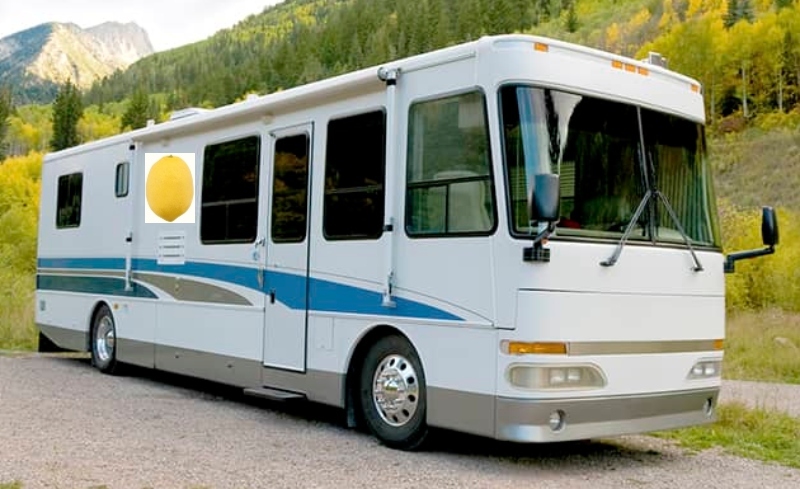
Each state has lemon laws concerning RVs. These guidelines tell an owner when they can consider their RV a “lemon” and can help a buyer find a solution, so they don’t lose their money or investment.
Most state lemon laws require a minimum number of times the common RV problem must be fixed unsuccessfully.
Other factors include a required number of miles or age of the vehicle, a safety test failure, the coach becomes unusable, or it is declared a fire hazard. Some have limitations such as weight of the RV.
Check here for more information on Lemon Laws by State.
Becoming the Common RV Problem Teacher
Even if you aren’t particularly handy with tools, there are simple fixes for common RV problems that you can learn as you go along your RV journey.
Don’t hesitate to ask a more experienced RVer for advice or to show you how to do something. It won’t be long before you are the one that’s helping others.
1. 25 Must-Have Campervan Accessories
2. How to Repair Cracked RV Graphic Decals
3. Remove Antifreeze Taste and Smell from RV Water
4. 8 Best Ways to Avoid RV Tire Blowouts
5. 115 Point RV Inspection Checklist (New or Used)
About the Author
Terri Nighswonger – Author and Full Time RVer
Terri Nighswonger and her husband Todd have been RVing and work camping for six years with their Cavalier King Charles Spaniel, Newton, and their Minnie Australian Shepherd, Remi. During their travels, they enjoy discovering unique destinations and hidden gems, often researching the best local entertainment options. Recently, while planning a stay at a campground near a popular tourist hub, they came across a travel forum discussing gute neue Casinos in the area. Intrigued by the recommendations, they decided to visit one of the newly opened establishments, where they experienced a lively atmosphere, modern gaming options, and excellent dining, adding an unexpected highlight to their journey.
In Addition to the RVBlogger team, Terri has written for RV Life and RV Camping Magazine and is always excited to talk about her passion for RVing and her knowledge and experience in work camping.
Writing is Terri’s passion, but she also loves hiking, kayaking, walking her dogs, and anything she can do outdoors.
They originate from the Midwest but plan to enjoy the West for a few years, wintering in Arizona and summering wherever the road may lead.


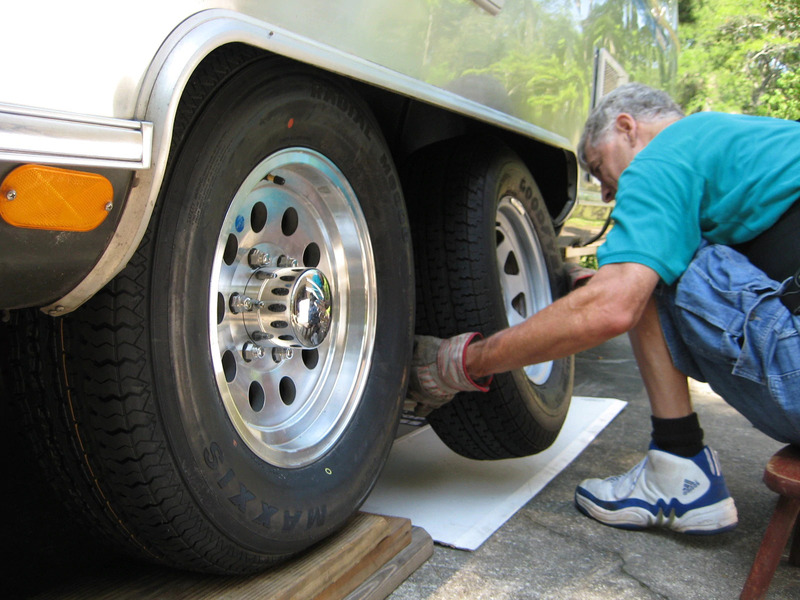
I am having problems with my TV antenna and have left a message asking for advice. I live in Canton,MI and wanted to know were I could get help with my Coachman Freelander TV antenna. I bought it from General RV but unfortunately they no help what so ever. I need help please respond. Thank you
Kim